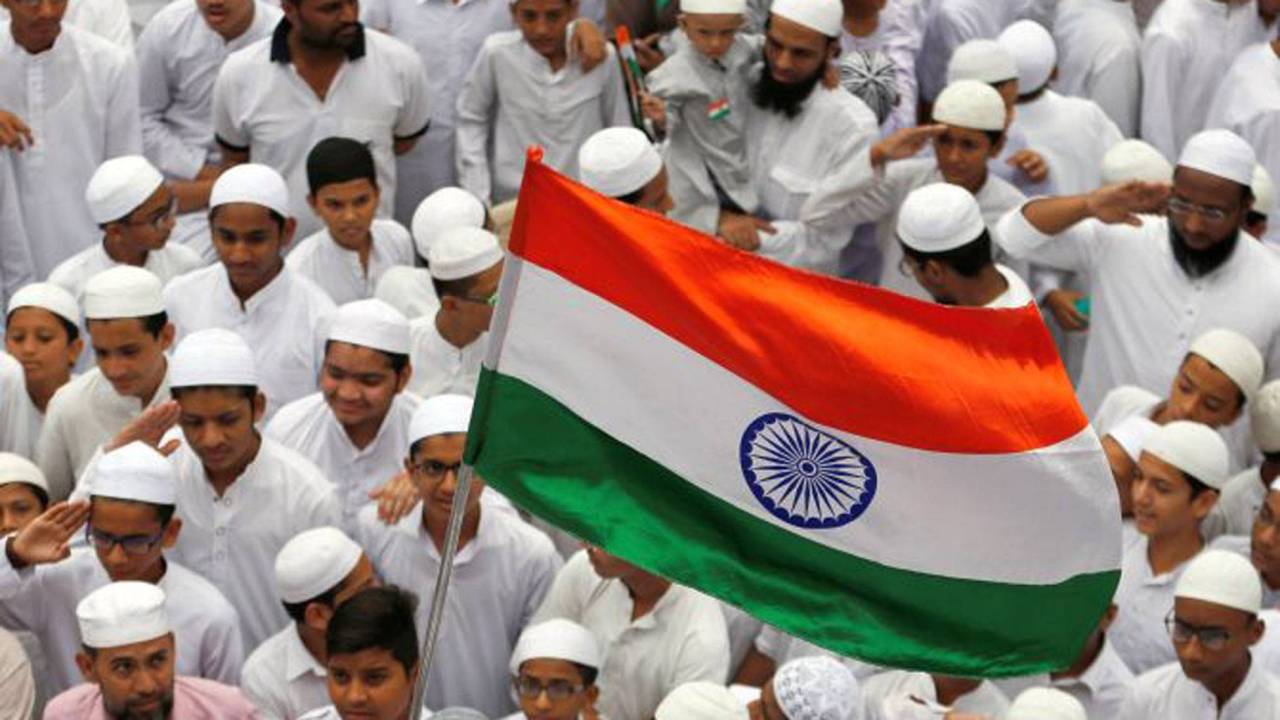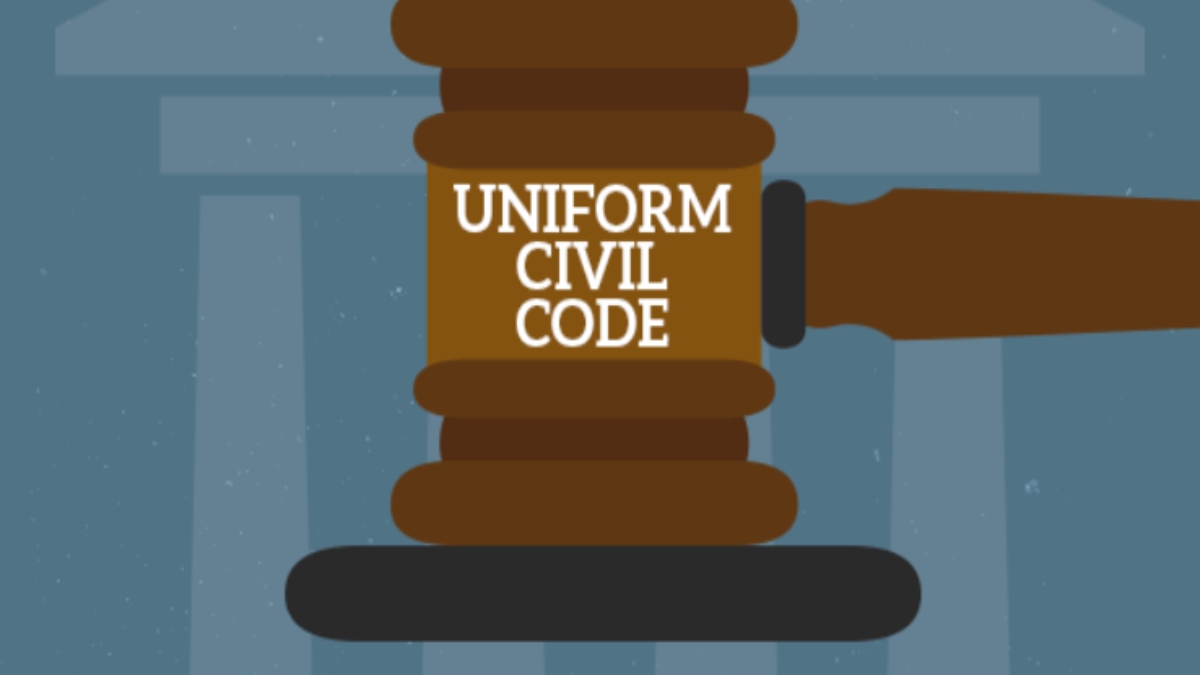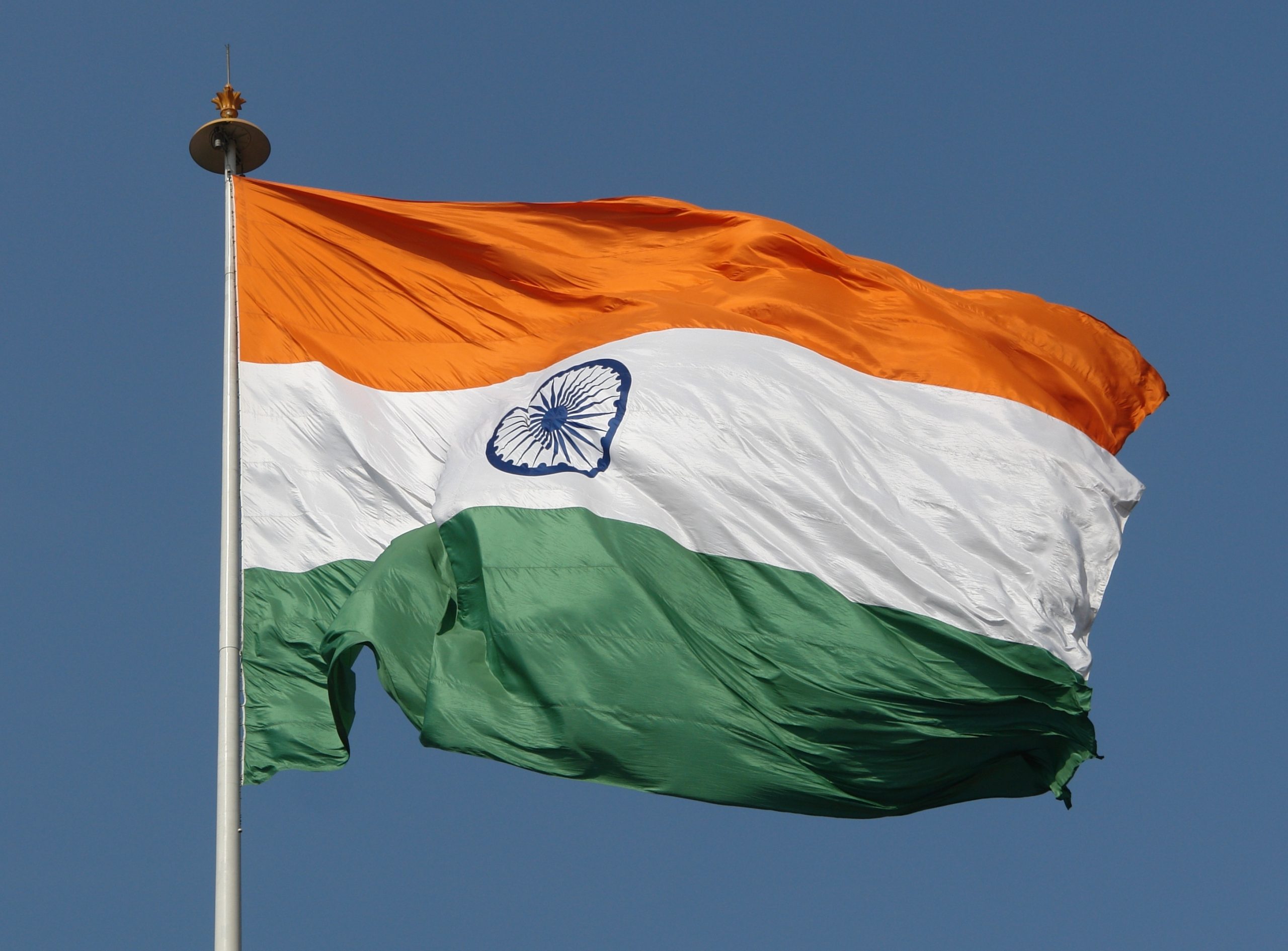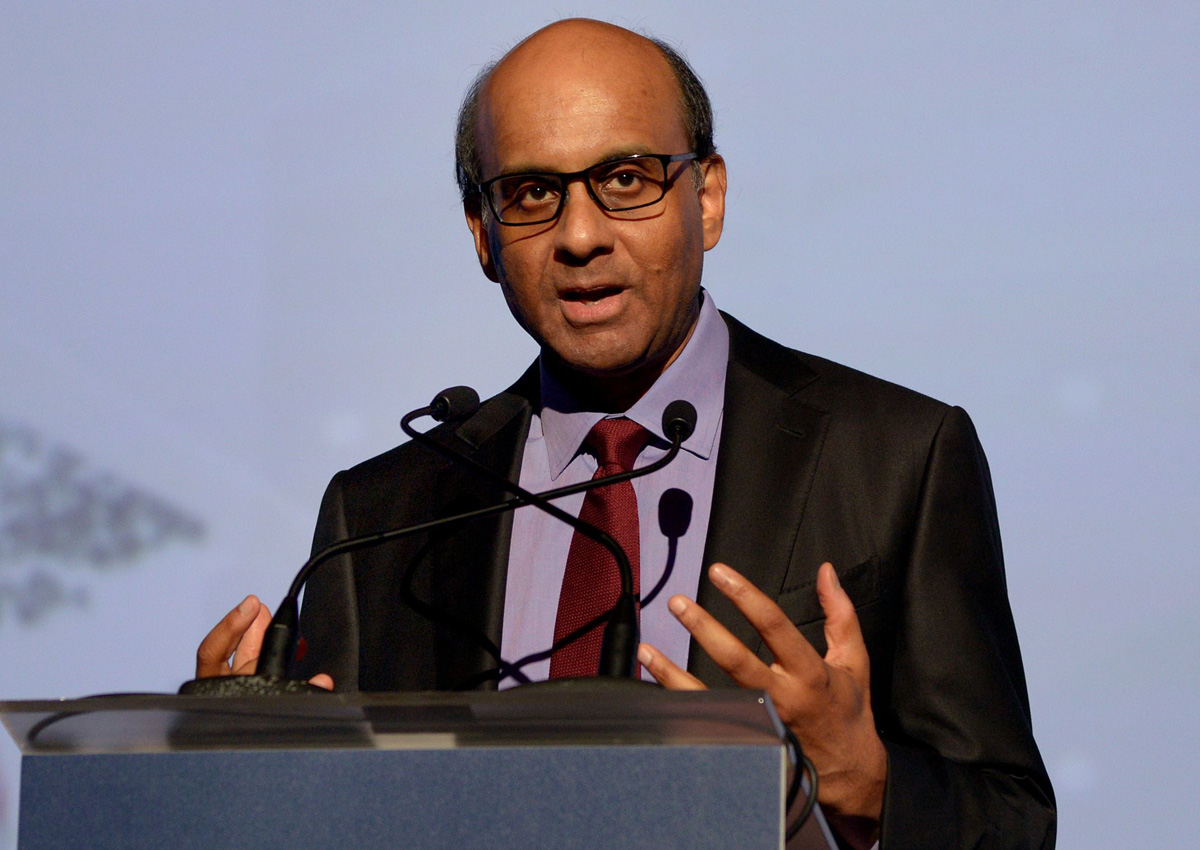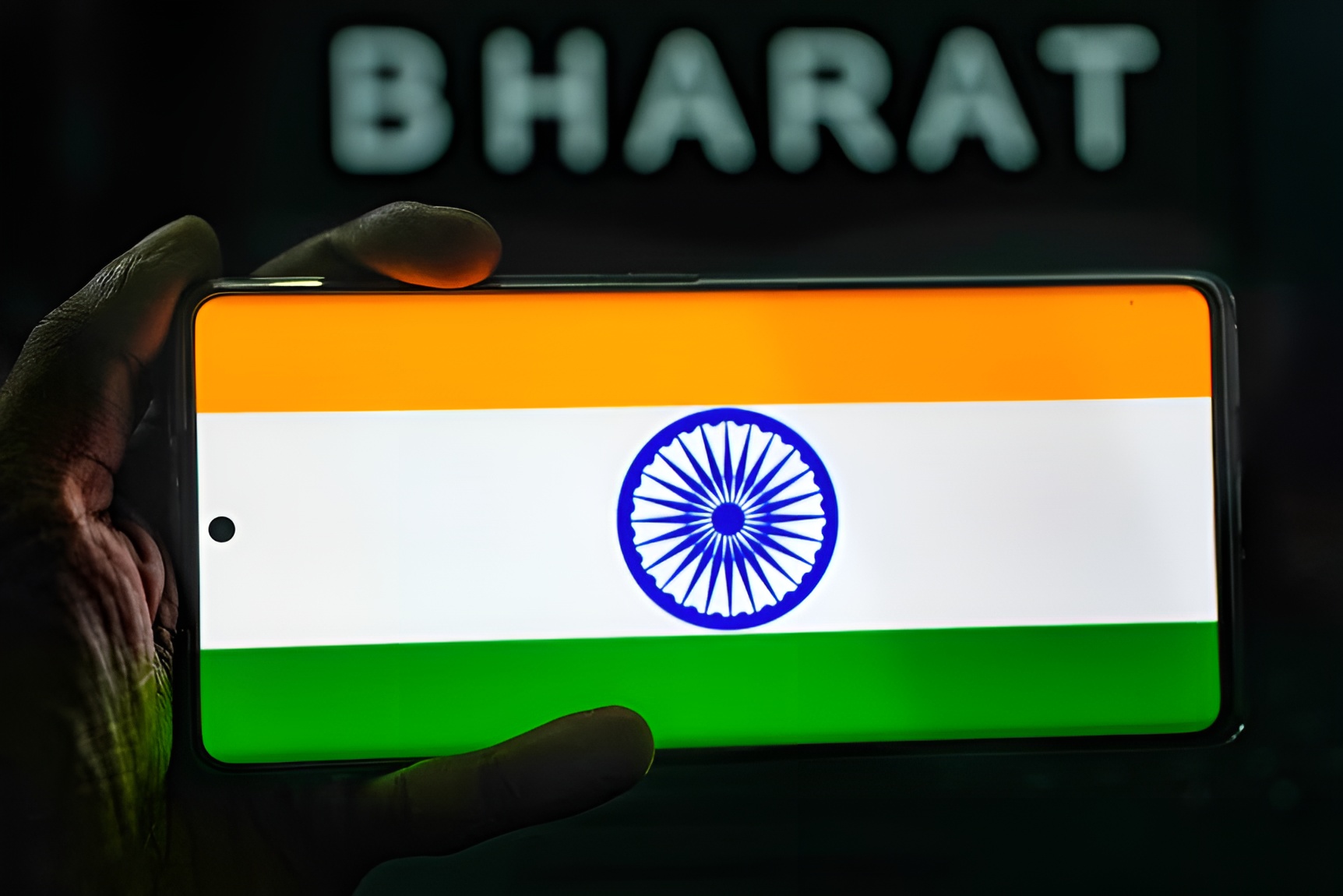India is one of the most varied nations in the world, home to many different cultures, languages, and religions. Islam is one of the country’s major religious groupings, with Muslims making up around 14% of the total population. The Muslim population in India is not uniform, though. It is a patchwork of many customs, tongues, and cultural practices that frequently get lost in the shadow of isolated stories.
The largest religious minority population in India is made up of Muslims. As of 2023, they are spread over the nation’s 28 states and 8 union territories. There is still a sizable Muslim community in India, even after the partition of the subcontinent in August 1947. Around 172 million people, or 14.2% of the nation’s total population, identified as Muslims in India as per the 2011 Census, which was conducted. It’s critical to remember that this number dates back ten years. India has over 204 million Muslims, making it the world’s largest Muslim-minority country and the third-largest Muslim population overall (2019 estimate).
The variety of the Muslim community in India is one of its most noticeable features. There are several languages spoken by Muslims in India, including Urdu, Bengali, Malayalam, Gujarati, Punjabi, and Tamil, among others. One of the various languages spoken by Indian Muslims is Urdu, which is frequently connected to the population of Muslims in North India. Bengali Muslims have a distinctive language and culture, as well as a long literary legacy.
Minorities are allowed to conduct their own religious affairs in accordance with Articles 26, 27, and 28. Taxes cannot be imposed by the government to support any one religion. Additionally, there cannot be a requirement for students to attend religious services or rituals at state-sponsored educational institutions. When allocating resources, the government cannot treat institutions run by minorities unfairly. All minorities, regardless of their religion, language, or culture, are granted the freedom to create and run educational institutions of their choosing under Article 30. Articles 345, 347, 350, 350A, and 350B, which deal with linguistic minority’ rights, are also pertinent here.
The Indian constitution does not actively promote Hinduism and, for the most part, provides the legal framework for Muslims to participate fully and equally in society. The constitution serves as a guide for defending the interests and rights of minorities who are religious, linguistic, and cultural. Each Indian Muslim group, however, faces a unique mix of issues and opportunities because of the geographical and historical context in which it is situated. As a result, there are several distinct Muslim groups living throughout India, each with their own unique historical background. As a result, each group of Indian Muslims has certain chances and problems depending on their circumstances.
The fact that the Quran is written in Arabic, a language that is not the home tongue of Indians, and that, as a result, they must rely on the meanings through translations and interpretations by mullahs and preachers who introduce their own ideological slant into the sermons, contributes to the enormous difference among Muslims. Because of this, there is disagreement on the verses that openly support anti-Semitism, Islamic dominance, Muslim exceptionalism, and the dhimmitude (inferior status) of women. Mullahs have understood that the internet has put those translations and the original verses in the hands of the general public, and as a result, people are questioning those who insist that Islamic law is flawless and does not require any modification and demanding an explanation.
The Muslim community in India is very diverse in terms of culture. The blending of Islamic ideals with regional traditions is reflected in the unique customs, rituals, and artistic expressions of each region. For instance, the traditional dances and songs performed by the Mappila people of Kerala are a significant element of their cultural identity. The Muharram processions in Lucknow, Uttar Pradesh, on the other hand, are a special fusion of Shia traditions and regional flavours, showcasing ornate tazia constructions and creative manifestations.
Muslims from India make a substantial contribution to the nation’s culinary variety. Every location has its own mouthwatering foods that are influenced by the ingredients and flavours found there. Although biryani is a national dish in India, there are regional varieties, including Malabar, Lucknawi, and Hyderabadi biryani. Similar to this, kebabs, samosas, and numerous breads like naan and paratha—each with its own regional variations—are essential to Indian Muslim cuisine.
There are several sects and traditions within the Islamic faith that exist in India. For instance, there are differences between the religious customs, holidays, and views of Islam among Sunni and Shia Muslims. All Muslims observe Ramadan and celebrate Eid; however, the manner in which these occasions are observed might vary greatly from location to region. The Bohra Muslims contribute to India’s Islamic tapestry with their distinctive religious leadership and rituals.
In terms of social and economic standing, the Muslim community in India is not uniform. There are wealthy and educated Muslims who have made important contributions to a variety of disciplines, such as politics, literature, and science. On the other hand, there are economically marginalised Muslims who struggle with issues like poverty and a lack of access to high-quality healthcare and education. In order to create successful policies that would enhance the socioeconomic circumstances of all Muslims, it is essential to acknowledge this variety.
Despite their great variety, Indian Muslims frequently encounter prejudices and misconceptions, which can result in marginalisation and discrimination. Stereotypical representations of Muslims in the media and in politics can uphold a flat image while neglecting the depth and diversity of the group. By dispelling these myths and embracing the diversity of Indian Muslims, we can promote more inclusion and harmony.
The Muslim population of India is a dynamic patchwork of languages, cultures, customs, and histories rather than a monolith. In addition to enhancing our understanding of the community, celebrating this variety encourages inclusion and togetherness in a nation famed for its diverse spirit. Understanding the many dimensions of Indian Muslims is a celebration of the genuine variety and complexity of India’s culture as well as a step towards a more peaceful community.
